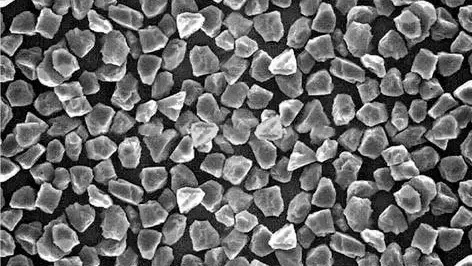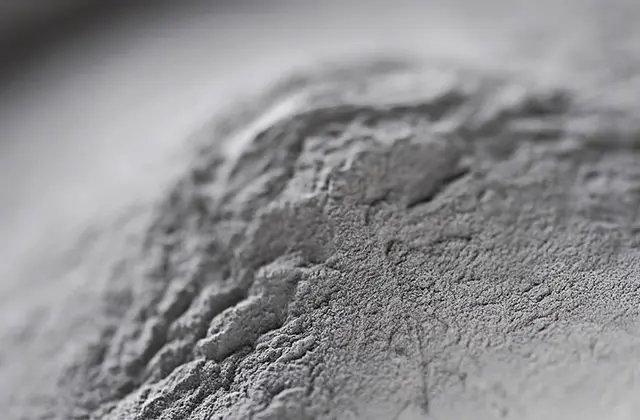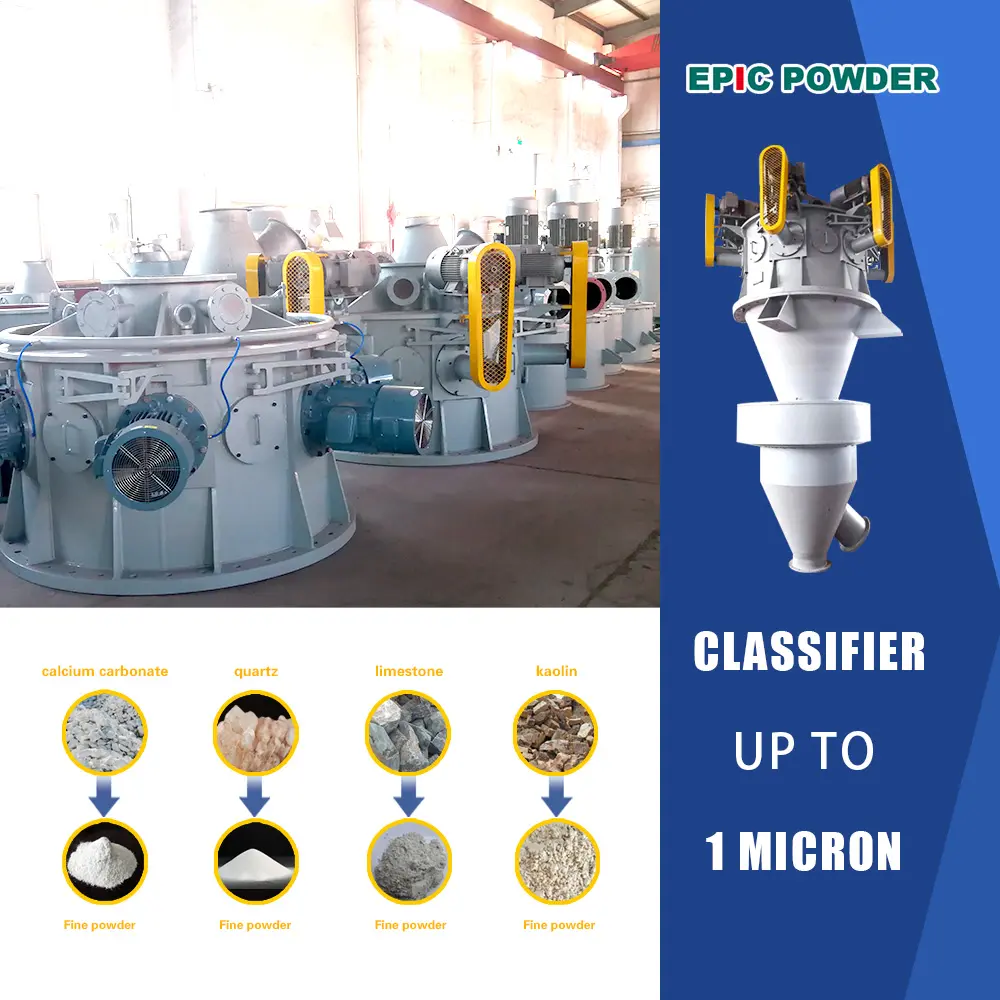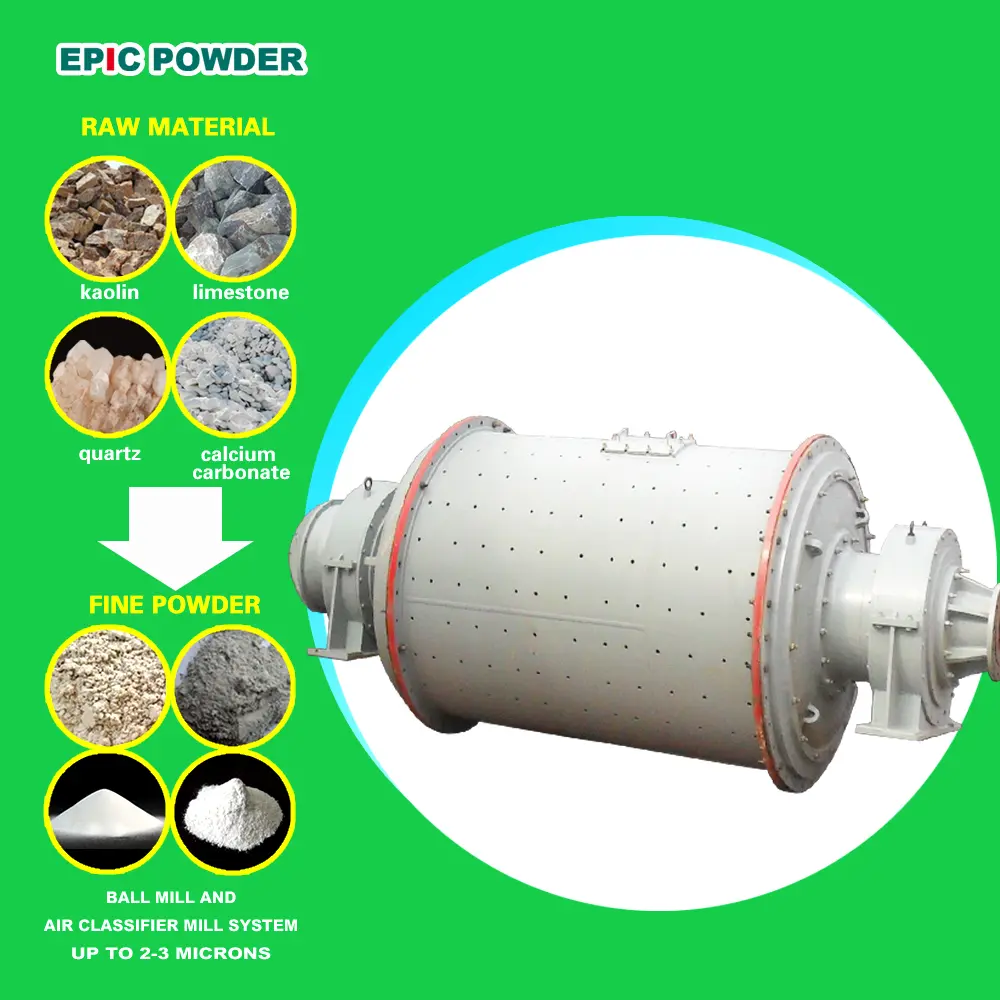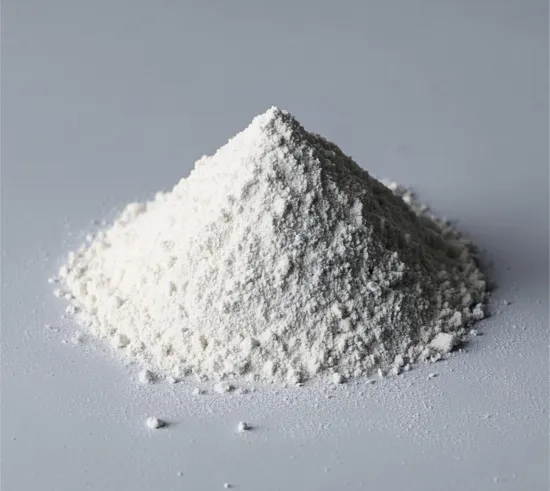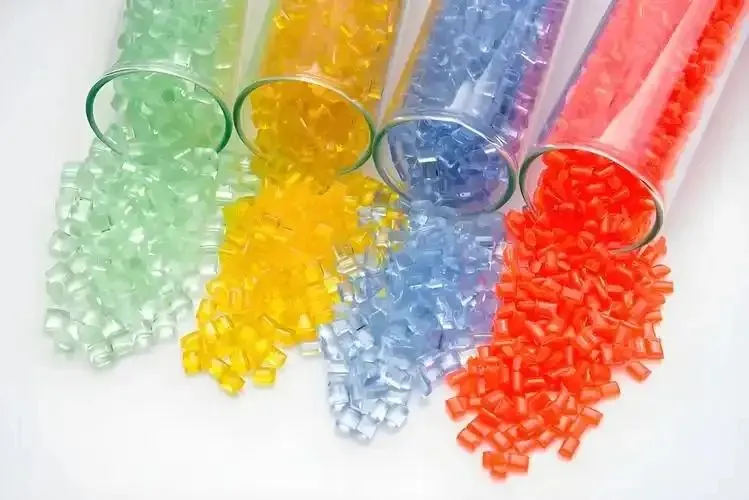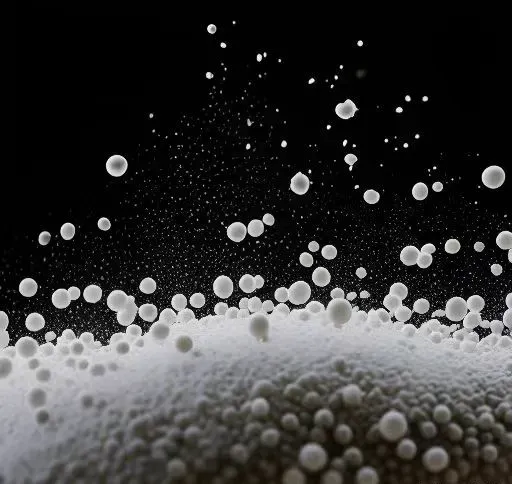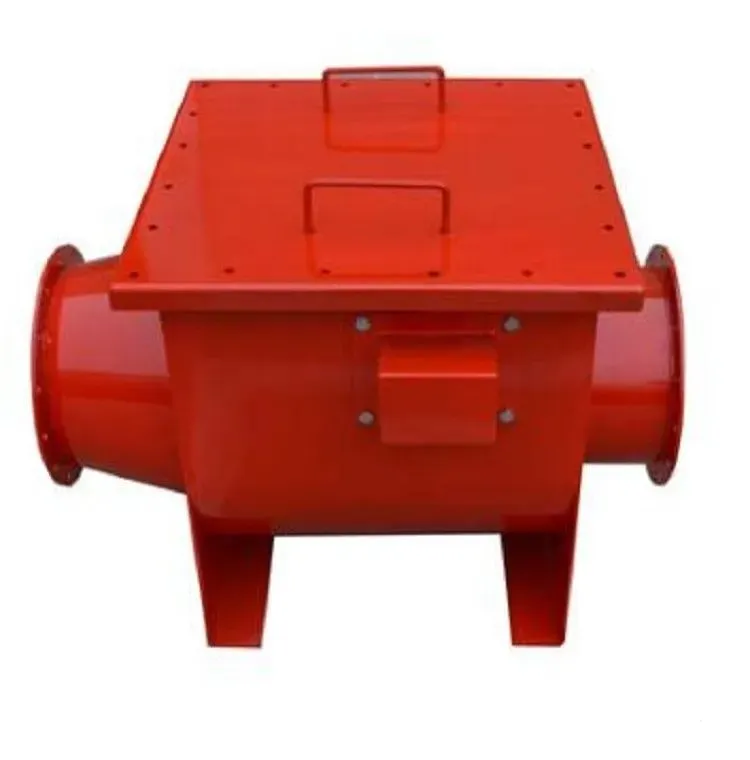The energy consumption differences between wet and dry grinding are significant, impacting operational efficiency and cost. Here’s a detailed comparison based on the search results:
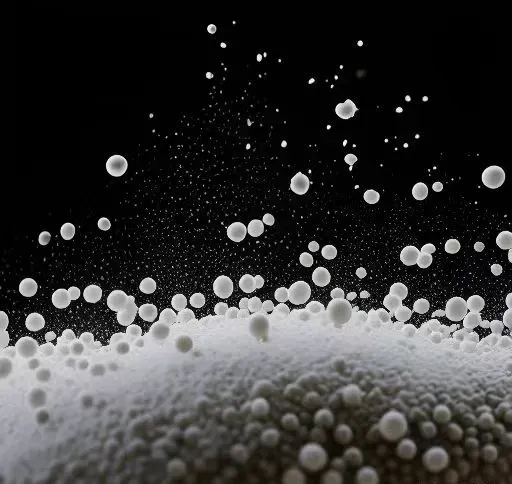
Energy Consumption in Wet vs. Dry Grinding
1. Energy Efficiency
Wet Grinding: Generally more energy-efficient than dry grinding. Wet grinding can use up to 30% less power to drive the milling process. This efficiency is attributed to the lubrication provided by the liquid medium. It reduces friction and wear on equipment, allowing for smoother operation.
Dry Grinding: Typically requires more energy due to the absence of a liquid medium, which leads to increased friction and heat generation during the grinding process. This higher energy requirement can result in greater operational costs over time.
2. Specific Energy Consumption
Studies indicate that wet grinding often results in lower specific energy consumption per unit of mass processed compared to dry grinding. This means that for the same amount of material, wet grinding consumes less energy overall.
3. Heat Generation
Wet Grinding: The presence of a liquid medium helps dissipate heat generated during grinding, preventing thermal damage to sensitive materials and maintaining efficiency.
Dry Grinding: Generates substantial heat due to friction, which can lead to material degradation and increased energy consumption as additional cooling measures may be required.
4. Operational Considerations
Wet grinding processes may involve additional steps for drying the final product, which can offset some of the energy savings from the milling process itself. However, the overall energy savings during milling often outweigh these additional costs.
Dry grinding is simpler in terms of setup and does not require drying steps post-milling, but its higher energy consumption can lead to increased long-term costs.
Conclusion
In summary, wet grinding is generally more energy-efficient than dry grinding, consuming less power due to reduced friction and effective heat management. While both methods have their unique advantages and operational considerations, industries focused on cost-effectiveness and efficiency often prefer wet grinding for its lower energy consumption rates.

